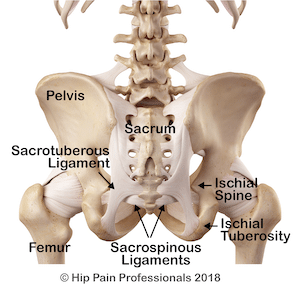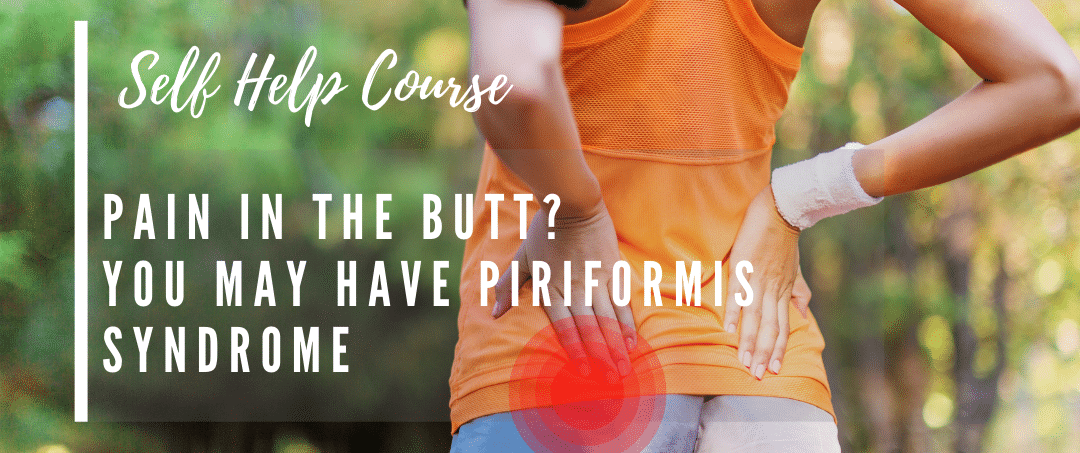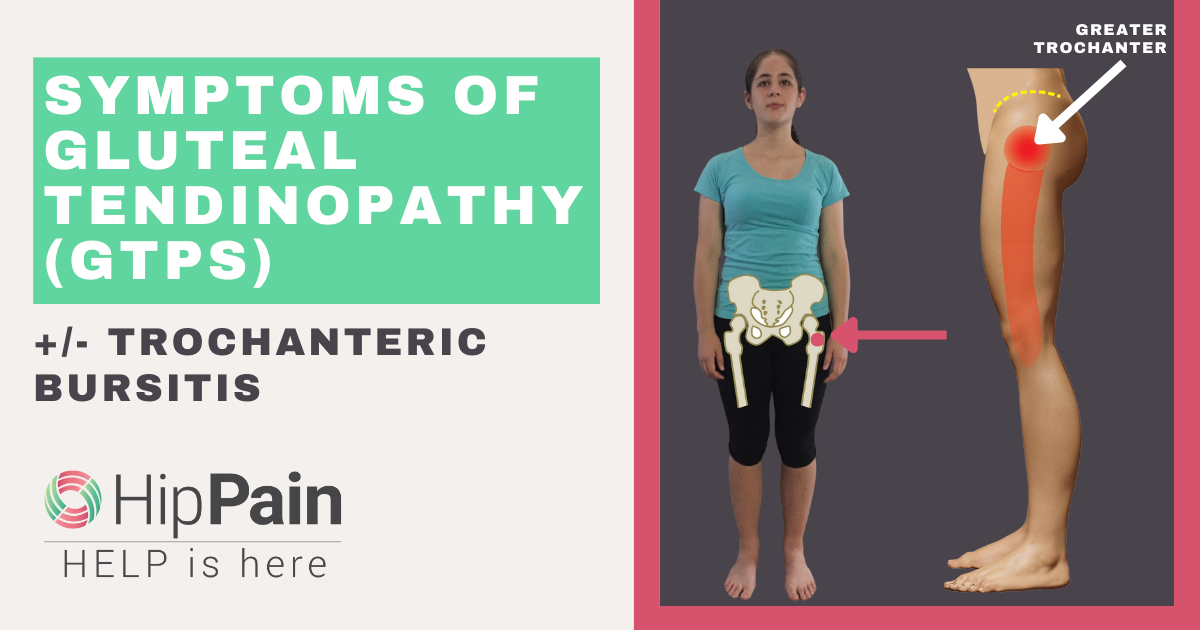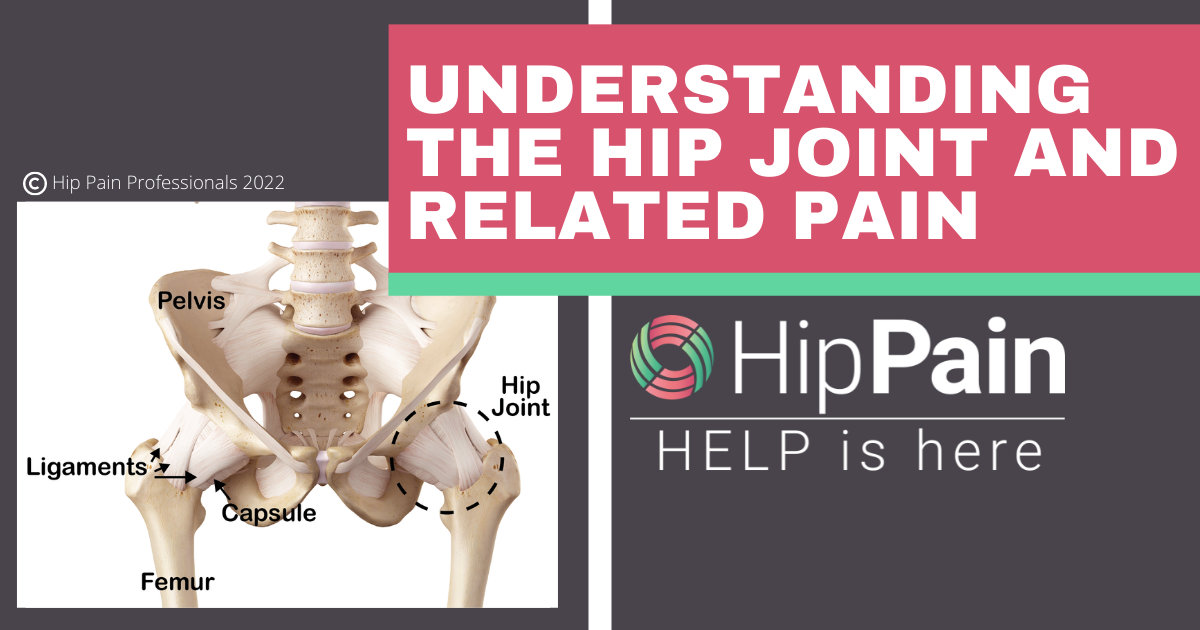Anatomy of the Pelvic Floor relating to Pelvic Floor Pain
Pelvic Floor Pain can include conditions such as Vaginismus, Hypertonic pelvic Floor, and Coccydynia. To understand these more let’s first understand more about the pelvic floor. The pelvic floor is within the ‘saddle region’, the area between the hips that would contact a saddle when riding a horse or bicycle. There are a number of muscles and large ligaments that run through this region.

Role of the Pelvic Floor Relating to Pelvic Floor Pain
The pelvic floor is the name given to a group of muscles that form a wide sling between the pubic bones at the front of the pelvis and the lower sacrum and coccyx (tailbone) at the back. These muscles (levator ani and coccygeus), have a number of important functions:
- to support the organs of the abdomen and pelvis (e.g. bladder, bowel, uterus)
- to resist increases in pressure in the abdomen (intra-abdominal pressure), for example, coughing, laughing and lifting.
- urinary and faecal control (continence)
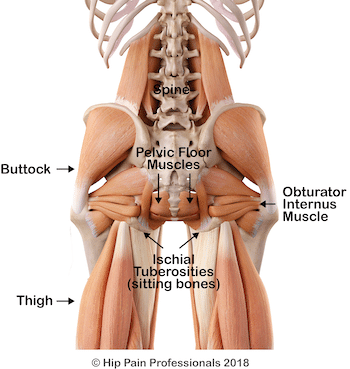
The pelvic floor muscles have strong connections with one of the deep hip rotator muscles (obturator internus). This muscle starts from the inner surface of the pelvis in the saddle region, then runs out through the back of the pelvis and across the back of the hip, through the lower buttock region. You can read more about the deep rotators muscles here.
There are some large ligaments (see picture above), the sacrotuberous and sacrospinous ligaments, that sit within the pelvis and connect between the sacrum and the pelvis.
Pelvic Floor Pain – Hypertonic Pelvic Floor, Vaginismus, Coccydynia
Pain in the saddle region may be due to problems with the pelvic floor muscles, often referred to as pelvic floor dysfunction. The muscles may be too weak or too active. If they are too active, known as a “hypertonic pelvic floor” then strengthening exercises may not be the best approach. Pelvic floor dysfunction may result in:
- leakage or incontinence, urinary or faecal
- difficulty with passing urine, or moving the bowels
- pain: this can be in the saddle area but may also be felt in the groin, buttock or lower back.
Vaginismus is a diagnosis where the hypertonic pelvic floor (pelvic floor muscles that are too active) or muscle spasm affects the muscles around the vagina, making any penetration painful or impossible, for example, inserting tampons or sexual intercourse. This is a complex condition and can have many causes. Some medical causes need to be ruled out. Psychological issues can also be relevant and must be addressed. However, in cases linked in particular to trauma (often from childbirth) or micro damage occurring around menopause, musculoskeletal therapy can be beneficial.
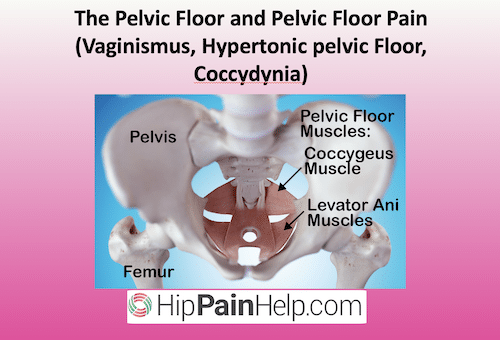
Need Help? How Can A Hip Pain Professional Help?
Your Hip Pain Professional can:
- assess the hip and pelvic region to identify problems that may be influencing the health of the soft tissues of the saddle region
- determine if some form of assessment of the pelvic floor muscles is required. This may involve:
- non-invasive ultrasound assessment of pelvic floor function
- an internal assessment from a Women’s or Men’s Health physiotherapist, a gynaecologist or pain specialist with a special interest in this area or your general practitioner. This can give much more information on the type of muscle difficulties (weakness or excessive activity (hypertonicity)), the severity of the difficulty and an indication of which course of treatment is likely to be most effective.
- provide a variety of options for management of your particular type of problem. This may involve:
- strategies to either strengthen or relax your pelvic floor muscles
- self-massage or massage provided by a health professional trained in these techniques
- home exercises or muscle relaxation strategies
- other brain-based techniques (mindfulness, meditation, visualisation etc) or counselling to address any issues underlying pelvic floor muscle spasm or pain.

Search For A Hip Pain Professional Here.


